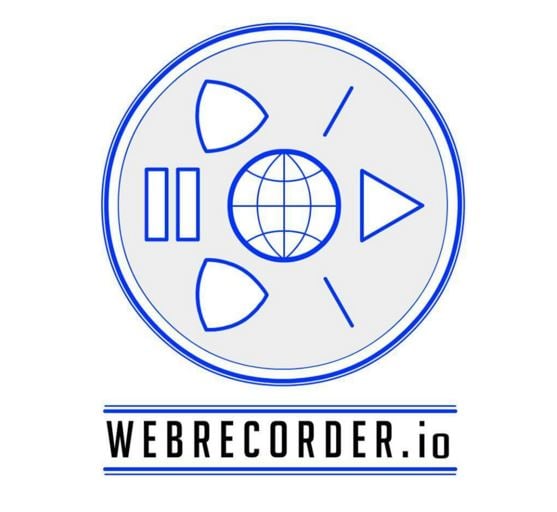
Image: courtesy Rhizome.
Rhizome’s efforts to champion digital art and culture are getting a major boost from the Andrew W. Mellon Foundation, which has just announced a $1 million grant to the organization, the largest gift in its history.
The two-year grant will be used to improve Webrecorder, Rhizome’s platform for creating archival copies of websites. It was launched in 2015 with the help of a $600,000 grant, also from the Mellon Foundation. (This was, at the time, also the largest grant Rhizome had ever received.)
“The things we create and discover and share online—from embedded videos to social media profiles—are often lost, or become unrecognizable with the passage of time,” Rhizome’s artistic director Michael Connor said when the project first launched. He called Webrecorder “a major step towards addressing this, and improving digital social memory for all.”
The platform aims to make it easy for non-experts to create and share interactive website archives, even if the original sites are built with complicated code such as JavaScript.
But the tool isn’t just for your decade-old Tumblr or obsolete Vine. Rhizome, for instance, uses Webrecorder to preserve and present digital art.
Indeed, with the rapid development of new online technology, both websites and digital art can quickly become obsolete. New York’s Guggenheim Museum learned this the hard way when it set out to restore Shu Lea Cheang′s Brandon (1998–99), the first online artwork in the institution’s collection. Because the work was built with outdated code, the conservation process proved long and arduous. The restoration, completed last year, makes it once again possible to access an important repository of LGBTQ+ discourse and culture.
Webrecorder has been adopted by institutions including New York’s New Museum (with which Rhizome has been affiliated with since 2003), as well as the Frick Art Reference Library in New York, the Posters Network at the Victoria and Albert Museum in London, and the studio of artist Cory Arcangel.